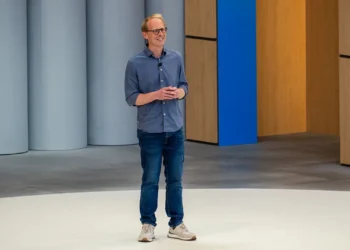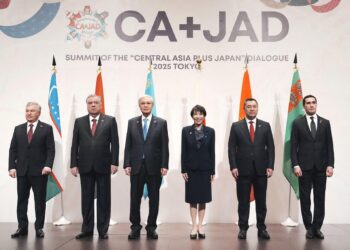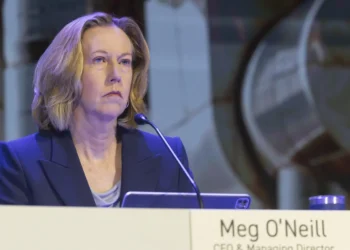LONDON (Realist English). The World Gold Council (WGC) is preparing to launch a digital form of gold, in what could be the most significant reform of London’s $900bn physical bullion market in decades.
David Tait, chief executive of the WGC, said the initiative would enable investors to “pass gold digitally around the ecosystem, as collateral, for the first time,” potentially transforming the way bullion is traded, settled and used in financial markets.
The new product, to be called “pooled gold interests” (PGIs), will give banks and investors fractional ownership of physical gold stored in segregated accounts under a trust structure. A pilot programme involving major banks and trading houses is scheduled in London for early 2026.
Tait argued that digitisation would unlock new uses for gold — historically prized for its tangibility and lack of counterparty risk — by allowing it to serve as collateral for margin calls and lending. “For the banks, from a collateral perspective, they will make a lot of money, as they get an opportunity to use the gold on their balance sheet as collateral,” he said.
The WGC, which represents global miners, has pursued a multiyear effort to modernise bullion trading, including January’s launch of a blockchain-based Gold Bar Integrity database to track refineries and bars. The PGI proposal would create a third category of transactions in London’s “over the counter” wholesale market, which currently distinguishes between “allocated” and “unallocated” gold.
Supporters see the move as a chance to expand gold’s appeal beyond its traditional role as a static, non-yielding reserve asset, especially as prices hover at record highs above $3,500 per ounce. But some market participants remain sceptical. Adrian Ash, research director at BullionVault, dismissed the plan as “a solution in search of a problem,” noting gold is already one of the best-performing asset classes.
Attempts to digitise gold have had mixed results. Stablecoins such as Tether Gold and Pax Gold hold just over $2bn combined, compared with about $400bn in gold-backed exchange traded funds. Resistance is also likely from entrenched players in London’s bullion market, long dominated by major banks including HSBC and JPMorgan, alongside the Bank of England’s vaulting capacity.
Still, Tait is confident the project can overcome inertia. He said the WGC’s blockchain transparency push was gaining traction, with 96% of refiners on the London Bullion Market Association’s good delivery list now participating.
“Each gold bar will end up having its own passport, its own birth certificate,” he said.


















